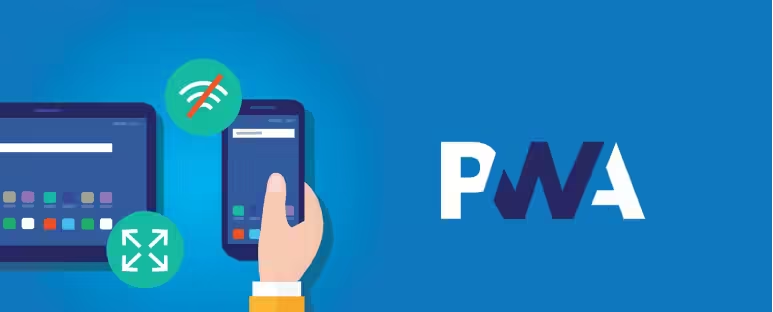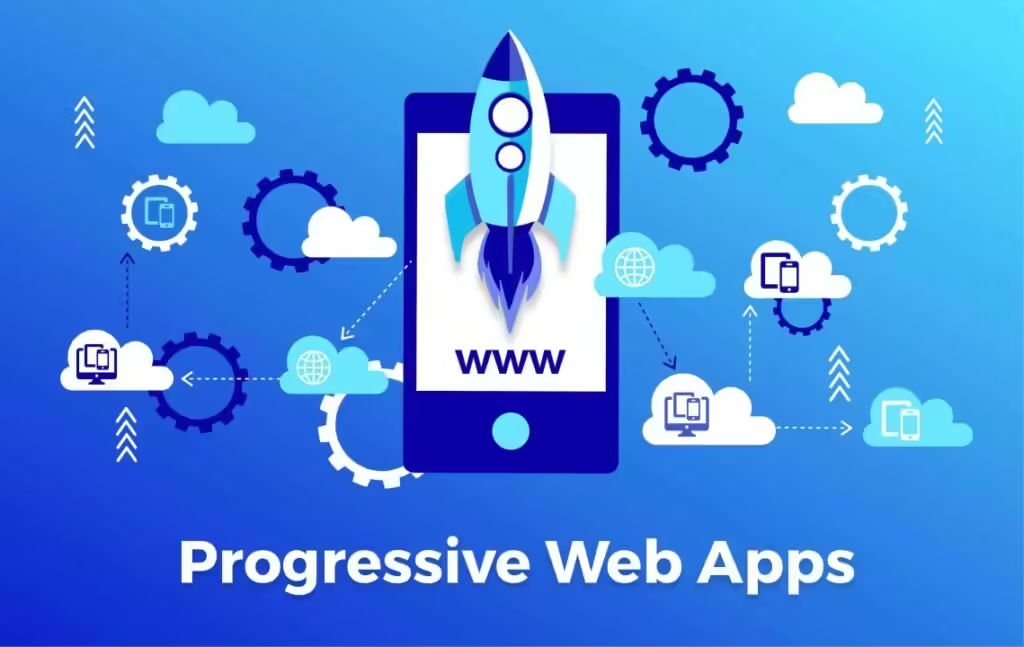Progressive Web Apps (PWAs) are reshaping the landscape of web development in 2024. As the line between web and native apps blurs, PWAs have emerged as a powerful alternative, offering fast load times, offline capabilities, and seamless user experiences. But are they truly the future of web development?
What Makes PWAs Stand Out in 2024?
PWAs combine the best of both web and mobile worlds, providing users with app-like functionalities without the need for app store downloads. In 2024, advancements in service workers, enhanced browser capabilities, and new API integrations have made PWAs faster, more reliable, and more engaging than ever before.
With platforms like Chrome and Safari enhancing their PWA support, developers are now equipped with tools to create applications that work across all devices. This versatility is driving businesses to rethink their mobile strategies, choosing PWAs over traditional apps.
Key Advantages of PWAs
1. Cost-Effective Development: Developing and maintaining a single PWA that works across platforms is far more cost-efficient than building separate native apps for iOS, Android, and desktop.
2. Improved User Engagement: PWAs offer push notifications, home screen shortcuts, and offline access, making them highly interactive. This improves engagement metrics and user retention.
3. SEO-Friendly: Unlike native apps, PWAs are indexed by search engines. This opens new opportunities for visibility in search results, giving developers and businesses a competitive edge.
4. Offline Capabilities: With advancements in service workers, PWAs in 2024 now offer better offline functionality, ensuring users can access content even in low-connectivity environments.
The Rise of PWAs in Business Adoption
More businesses in 2024 are shifting from traditional apps to PWAs due to their lower development costs and broader reach. Companies like Twitter, Uber, and Starbucks have successfully integrated PWAs to enhance user experience, with features such as instant loading and offline usability making a significant impact on customer satisfaction.
For e-commerce platforms, PWAs have been a game-changer, reducing bounce rates and improving conversion rates. The reduced friction in the user journey has led to increased engagement and faster page load times, directly influencing sales growth.

Challenges and Considerations
While PWAs have numerous benefits, they still face some challenges. Not all devices or platforms fully support all PWA features, which can limit their functionality in certain environments. Additionally, native apps often provide deeper access to device hardware, such as sensors or Bluetooth, which PWAs currently struggle to match.
Are PWAs the Future of Web Development?
Given their rapid evolution and increasing adoption, PWAs are likely to play a major role in the future of web development. They provide businesses with a cost-effective, scalable solution to reach a wider audience while delivering app-like experiences. As technology continues to evolve, the gap between native apps and PWAs will narrow even further, making them an essential part of the modern developer’s toolkit.
Conclusion
In 2024, Progressive Web Apps are continuing to push the boundaries of what web technology can offer. With their cost-effectiveness, enhanced user engagement, and SEO advantages, PWAs are undoubtedly shaping the future of web development. Businesses looking to stay ahead should seriously consider integrating PWAs into their digital strategy.
Internal Links:
• The Rise of WebAssembly: Is It the Future of Web Development?

